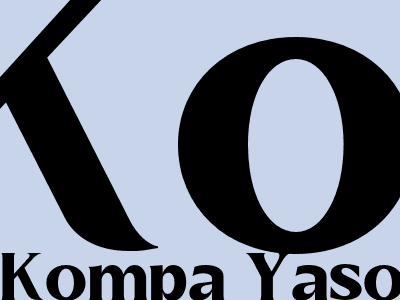Kompa Yaso: A Haitian Rhythm That Moves the Soul
Origins and History
Kompa Yaso, a captivating Haitian musical genre, emerged in the early 1950s as a fusion of traditional Haitian rhythms with influences from merengue, calypso, and jazz. Its name, meaning "cutlass dance," alludes to the traditional dance style associated with the rhythm, characterized by sharp and energetic movements.
The genre's roots can be traced back to rural Haiti, where it was initially played at social gatherings and community events. It gained popularity in the 1960s and became a mainstay in Haitian music, reaching international acclaim in the 1970s.
Musical Characteristics
Kompa Yaso is distinguished by its infectious rhythm, characterized by a steady 4/4 beat, syncopated percussive patterns, and prominent horn arrangements. The melodic structure often includes a call-and-response format between the lead vocalist and backup singers.
The genre's lyrics typically explore themes of love, social issues, and daily life, often in a humorous or satirical manner. The instrumentation typically includes drums, bass guitar, keyboard, horns, and traditional Haitian percussion instruments like the "tambourine" and "baka."
Cultural Significance
Kompa Yaso holds immense cultural significance in Haiti. It is a symbol of national pride and identity, uniting Haitians across generations and social strata. The rhythm is deeply ingrained in Haitian culture, featured in weddings, parties, and other social events.
Kompa Yaso has also played a significant role in Haitian music globally, contributing to the spread of Haitian culture worldwide. Its popularity has extended beyond Haiti, gaining a devoted following in other Caribbean countries, the diaspora, and beyond.
Prominent Artists and Evolution
Over the years, numerous renowned artists have contributed to the evolution and popularity of Kompa Yaso. Some of the most notable names include Tabou Combo, Skah Shah, Les Difficiles de Pétion-Ville, and Djakout Mizik.
The genre has undergone several stylistic transformations, with artists incorporating elements from other genres such as zouk, reggae, and hip-hop. Today, Kompa Yaso remains a vibrant and dynamic genre, continuing to captivate audiences with its infectious rhythms and cultural significance.

Komentar